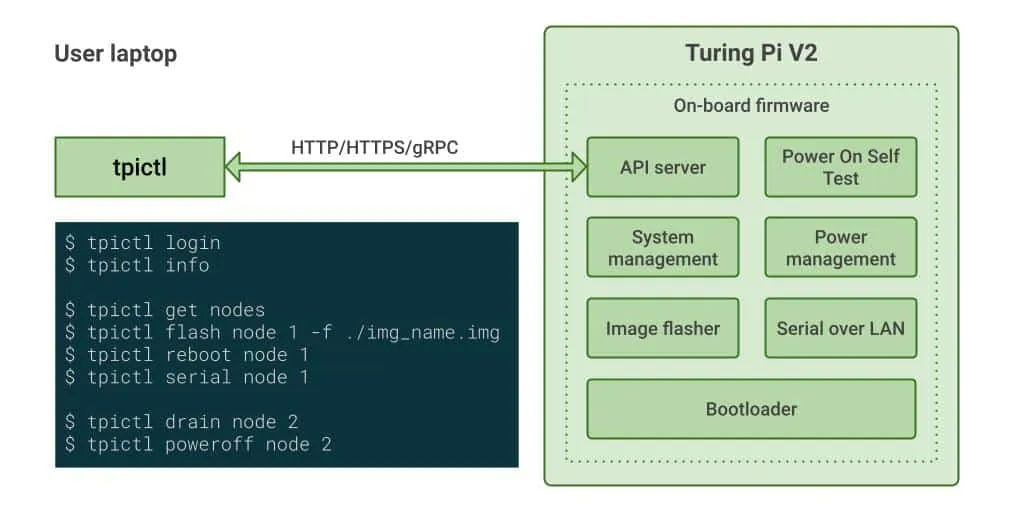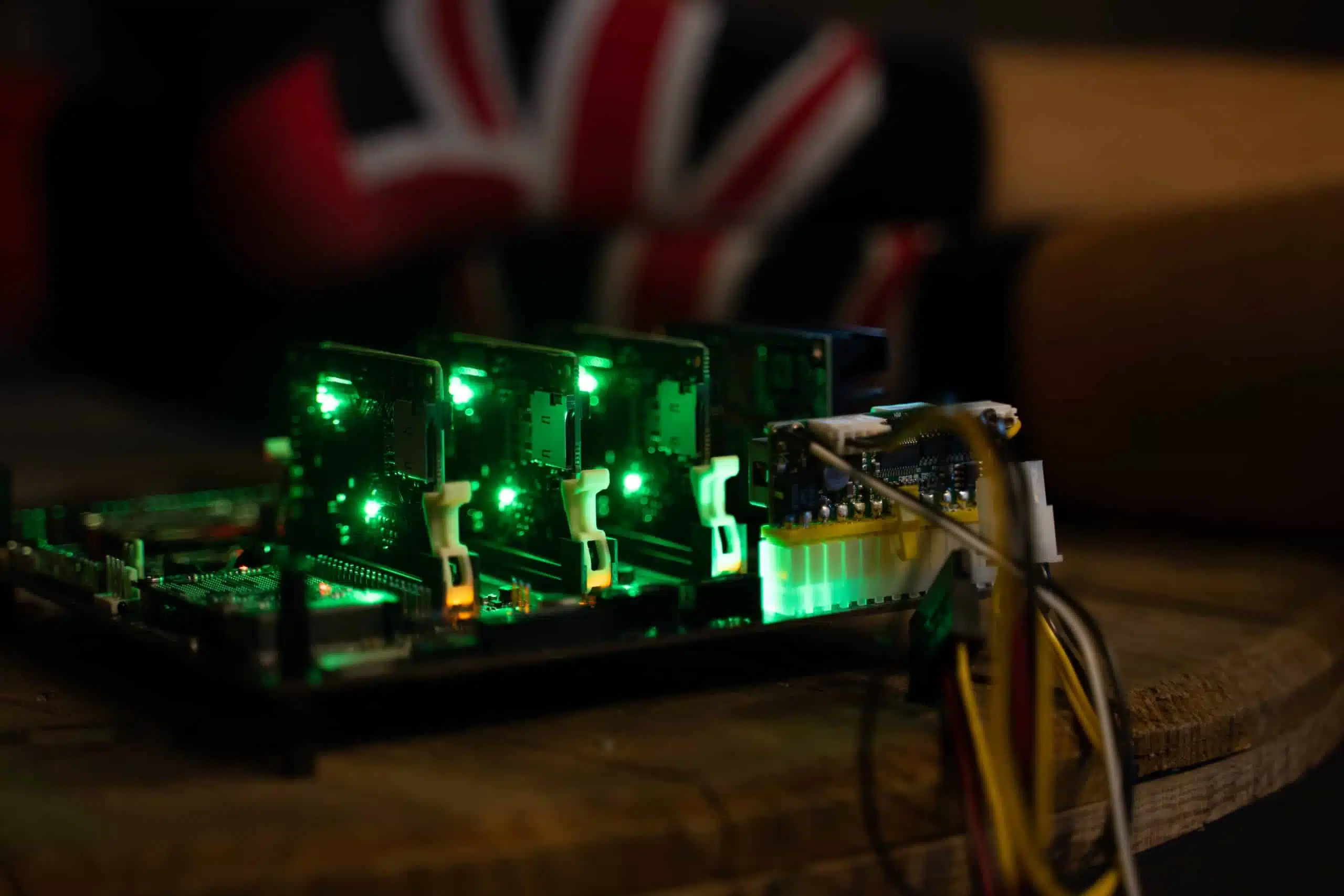There are many questions about what self-hosted applications can do or how they actually benefit our lives. In a nutshell, self-hosted applications are web services running directly in your house and not on someone’s servers. You can host thousands of web services, such as home-assistant, media streaming, gaming servers, office packages, and more! Imagine you can manage smart home apps, photo galleries, working docs, and Minecraft servers on your own devices and share them with your friends and co-workers. You get seamless experiences similar to those of the paid services, but everything you do and store you keep entirely private.
To do this, you could buy a server or Raspberry Pi and install software on it. However, a regular server has noisy cooling fans and high power consumption. Raspberry Pi is a better option, but it’s not enough to have only one computer to serve that many applications.
The solution is to set up a cluster with multiple computing units to share the tasks. But assembling a cluster is not that simple. You will need to gather components such as a router, a power supply, cables, and computers, and things may become messy. Many people don’t realize how simple it is to make a cluster, and you may be wondering if there exists a single device designed for this specific task. The good news is that there is a readily available and powerful solution.
Turing Pi V2 is the solution
Turing Pi 2 is a rack system that can combine four compute modules together, supporting tons of services running on it. The compute module could be Raspberry Pi CM4 or NVIDIA Jetsons. You can get a total of 16 processor cores and 32 GB of RAM on one device and upgrade each node individually without replacing the whole device. Also, you could have rich wireless connectivity. The interfaces such as Mini-PCIe and SIM card slot can connect many expansion modules such as Wifi, Bluetooth, 4G/5G, Zigbee, LoRa, etc. What’s more, Turing Pi has onboard firmware (BMC), which enables you to manage the cluster remotely.

Wrapping up
Nowadays, applications are deployed in a dynamic environment like public, private or hybrid cloud. Turing Pi V2 is designed to be an edge device that can integrate with cloud providers such as AWS and GCP. It also could be a control center of IoT devices with plenty of extensions. It can improve your life by automating your home and securing your photos locally. It delivers secure, fault-tolerant, and scalable architecture on a Mini-ITX board. You have complete control of your data and infrastructure, and you can do it all on one device.
